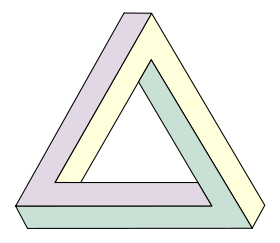Q. Why do people hate math?
A. Some people may not like math due to the fact that math is a building subject. Each year of education builds up top of each other. Since each year, the student learns a new building block, each year they will have another teacher or will have different experiences. If one year the teacher does not relate to a student or the student does not pay attention, the student will lose the build block and will struggle from then on unless the building block is later regained. This may be the reason why some students stuggle with math which leads to the dislike of math.
Q. Do you like or hate math? Why?
A. We like math beacause it is very straight forward. The answer is not ambigous, and there is a certain method to reach the answer. If the answer the student recieves is incorrect, there is always a reason why the answer is incorrect, and proof to back the correct answer. The proof is the method, and is not subjective.
Q. Do you think Math is important for "Artists"?
A. Math is not suitable for observational drawings. When drawing from observation, the artist uses the right hemisphere of the brain in order to percieve what is actually there rather than what the artists knows to be the symbol of the object. The symbol system derives from the left hemisphere of the brain as does math. However, some people make beautiful art from math, but it is not usually an observational drawing.
http://classes.design.ucla.edu/Winter09/9-1/blog/a/?p=511=1Good Site for Math Art
Q. How can math education improve?
A. We think that the math department should have a standard test that tests all areas of math ranging from kindergarden to the current grade. That way the teacher can assess the weakeness of the students and offer personal assistance for the weakenesses to regain the building blocks a sudent may not have in their education. TAKS should also be eliminated because it does not contribute to the joy of learning.
Camille Brewer, Codi Fant, and Alexandria Henry





